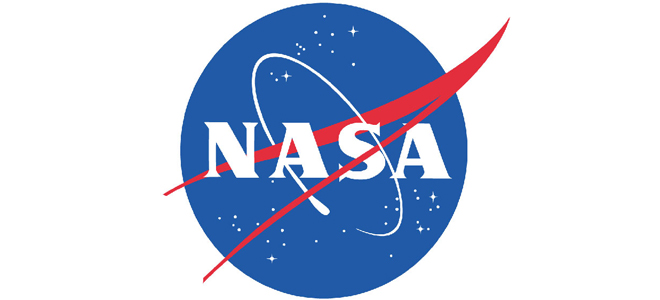
A file photo.
WASHINGTON (PTI): NASA has launched an ambitious project that will lead the search for signs of life beyond our solar system.
The Nexus for Exoplanet System Science (NExSS) initiative will bring together the "best and brightest" and marshal the expertise of 10 universities, three NASA centres and two research institutes, the US space agency said.
The programme aims to better understand the various components of an exoplanet, as well as how the parent stars and neighbouring planets might interact to support life.
The programme brings together planetary scientists, Earth scientists, heliophysicists and astronomers to identify and search for biosignatures, or signs of life.
"This interdisciplinary endeavour connects top research teams and provides a synthesised approach in the search for planets with the greatest potential for signs of life," said Jim Green, NASA's director of planetary science.
"The hunt for exoplanets is not only a priority for astronomers, it's of keen interest to planetary and climate scientists as well," said Green.
One NExSS project, called "Exoplanets Unveiled," will specifically address this question: What are the properties of exoplanetary systems, particularly as they relate to their formation, evolution and potential to harbour life?
The project is led by James Graham, a professor of astronomy at the University of California, Berkeley, and will draw upon the expertise of Bruce Macintosh, a professor of physics at Stanford University and the principal investigator for the Gemini Planet Imager (GPI).
Most exoplanets are detected through the Doppler technique - measuring the "wobble" of the parent star as an unseen planet's gravity tugs on it - or though detection of a transit, as the planet's orbit brings it between the star and Earth.
As the newest generation of instruments for imaging exoplanets, GPI blocks out the bright star to directly see the faint planet next door.
GPI has already imaged two previously known exoplanets and disks of planetary debris orbiting young stars where planets recently formed.
"Getting a complete picture of all the incredibly strange planetary systems out there will require every different technique," Macintosh said.
"With this new collaboration, we will combine the strengths of imaging, Doppler and transits to characterise planets and their orbits," said Macintosh.
 Previous Article
Previous Article Next Article
Next Article













The Indian Air Force, in its flight trials evaluation report submitted before the Defence Ministry l..
view articleAn insight into the Medium Multi-Role Combat Aircraft competition...
view articleSky enthusiasts can now spot the International Space Station (ISS) commanded by Indian-American astr..
view article